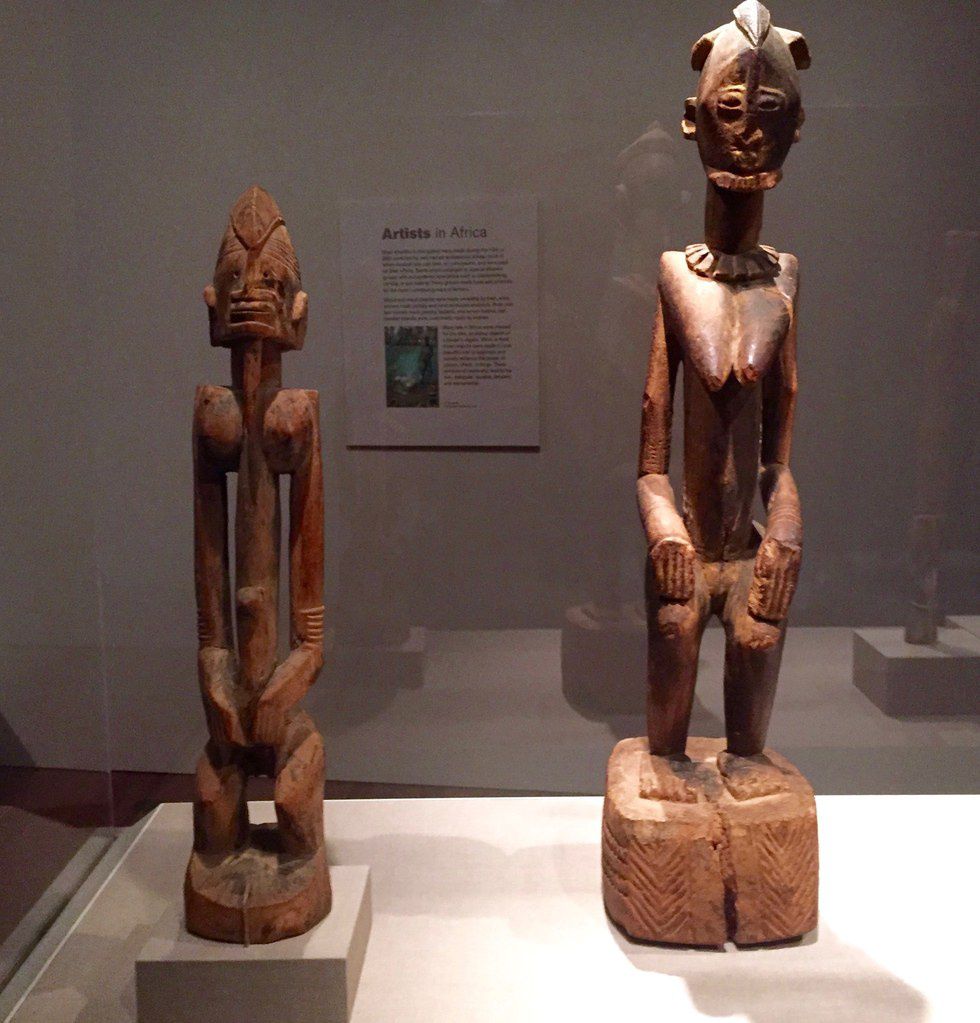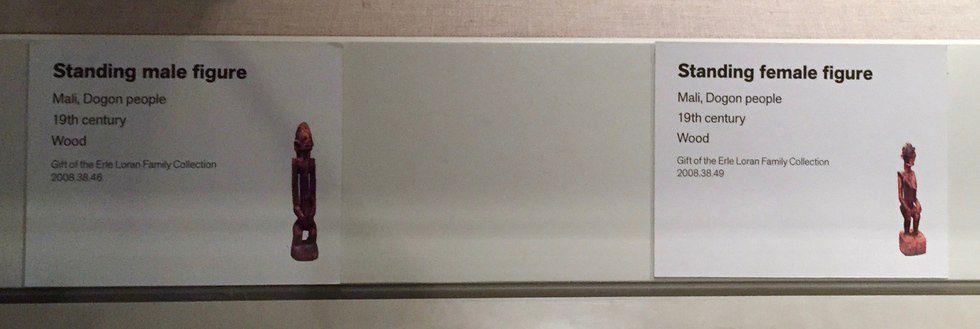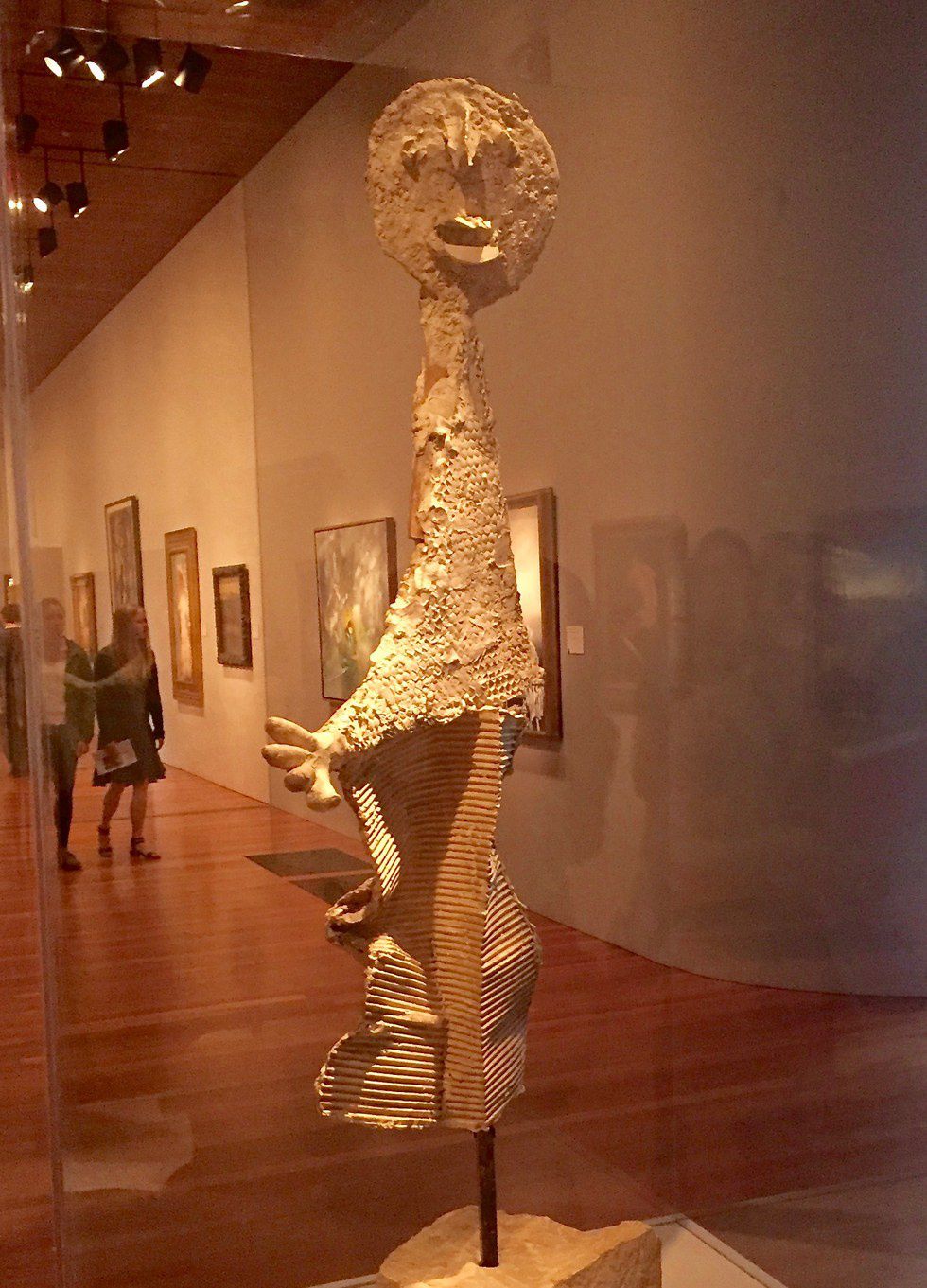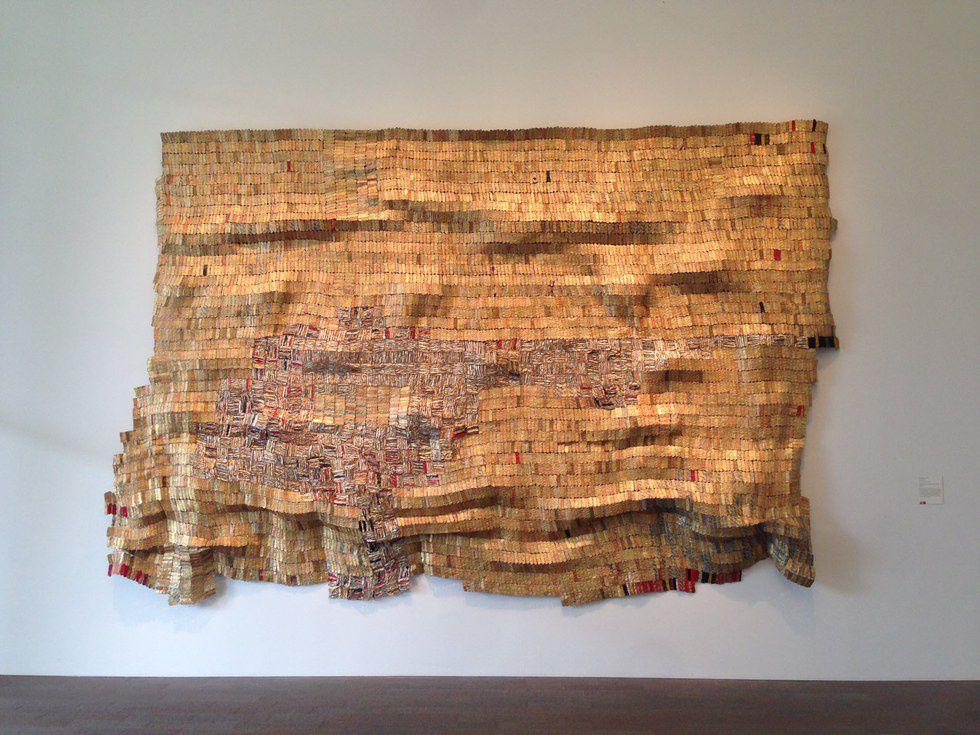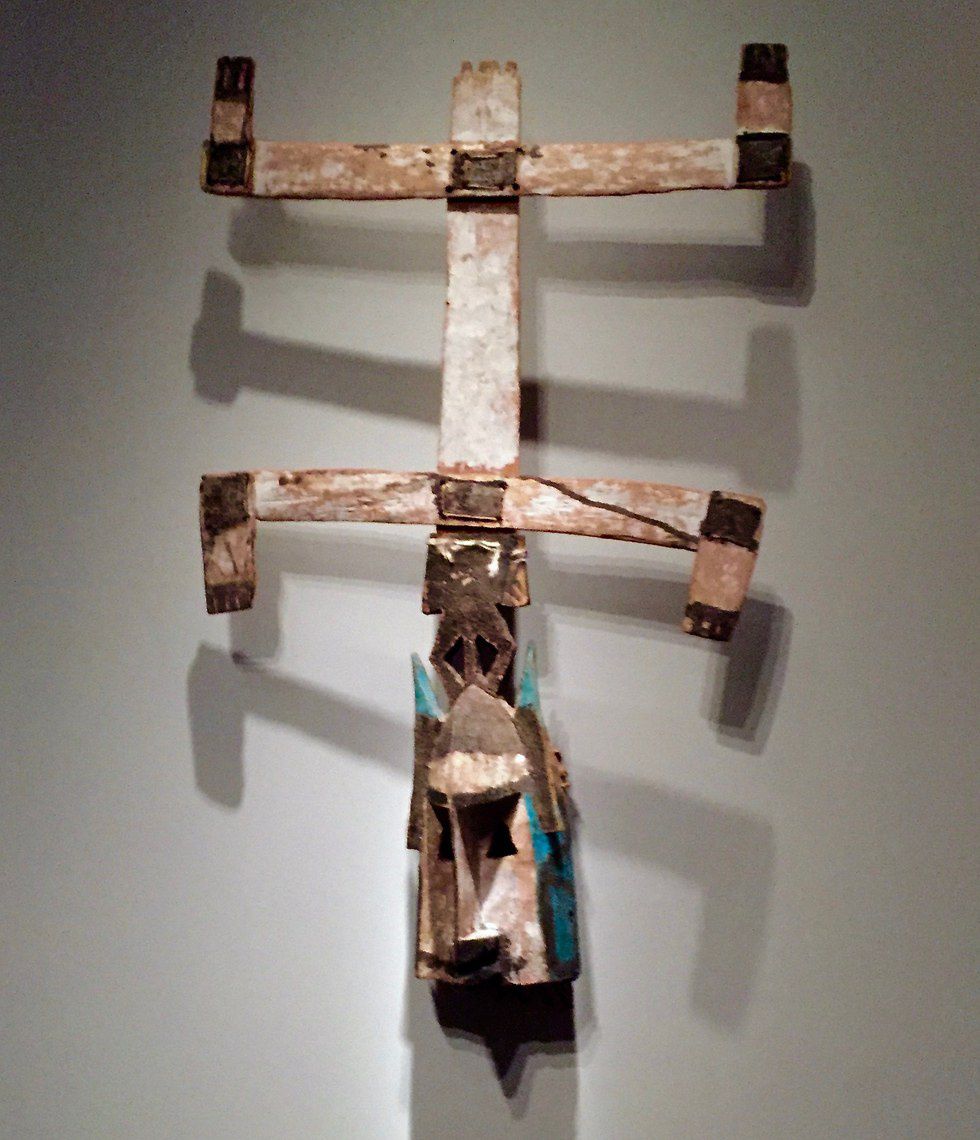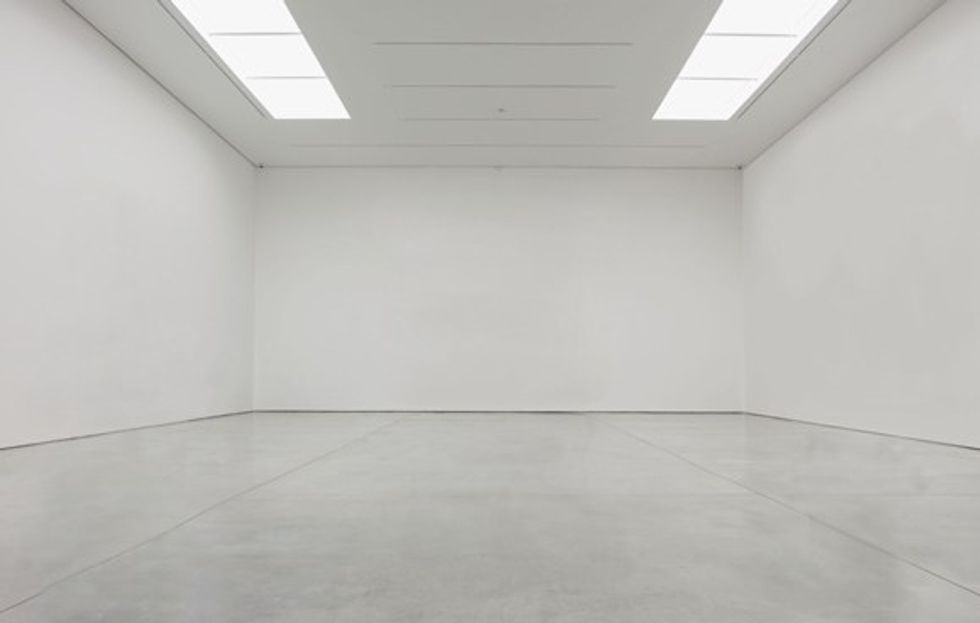This past week I visited the African art gallery in the de Young Museum with my West African Visual Cultures class in order to see the art we have been studying in person. Unfortunately, this gallery is currently without a curator, leaving important works' labels inconsistent, sparse, and inaccurate.
Recommended for you
Even the items displayed in this gallery are inconsistent, as only art from the continent of Africa is in this wing, with African-inspired pieces by Western artists more prominently featured elsewhere, removing important context, especially from African masks which hugely inspired modern European and American artists in the 1900s.
And more contemporary African artists are excluded from the gallery, too, apparently considered inauthentic due to their "nontraditional" style. The more Western understanding of the individual as a source of artistic genius and expression also explains the decision to keep these works out of the African gallery, where personal contribution was downplayed in favor of societal context (in other words, regional and ethnic types).
Our group viewed these arts with the guidance of a museum docent who tried his best to bridge some of the historical and cultural gaps left by the information provided. While this improved the understanding of the art on display it served more to highlight the shortcomings of the gallery itself--he provided videos of masquerades being performed, but the only masquerade pieces on display were the masks themselves, without their necessarily paired costume or any visuals of the dances performed.
Despite these attempts at crafting a holistic framework, he conveniently avoided the history of colonialism and its effect on African people and their artistic outputs while still managing to discuss European trade for bead- and cloth-work. And he generalized some important societal and religious stories with specific symbolic meaning; these generalizations reframed the dialogue in terms of awe for general artistic conventions rather than understanding the particular.
But what was most concerning was the need to divide art by type even within the gallery, while simultaneously failing to describe pieces with enough accuracy to understand why they would be categorized as such. The best example of this practice was the existence of a separate glass case which was labeled as holding "Useful Objects."
Such separation of art and utilitarian objects is limiting when discussing non-Western art that is not created with the intention of being hung on a wall in the White Cube.
The aforementioned masquerades are one such case, as they are both an artistic endeavor of dance and fashion, and a ceremony imbued with economic, social, and religious function.
In all, the collection of art pieces on display at the de Young is impressive and varied, but the way it is presented leaves much to be desired, failing to communicate a nuanced understanding of the works to a less-informed audience.


